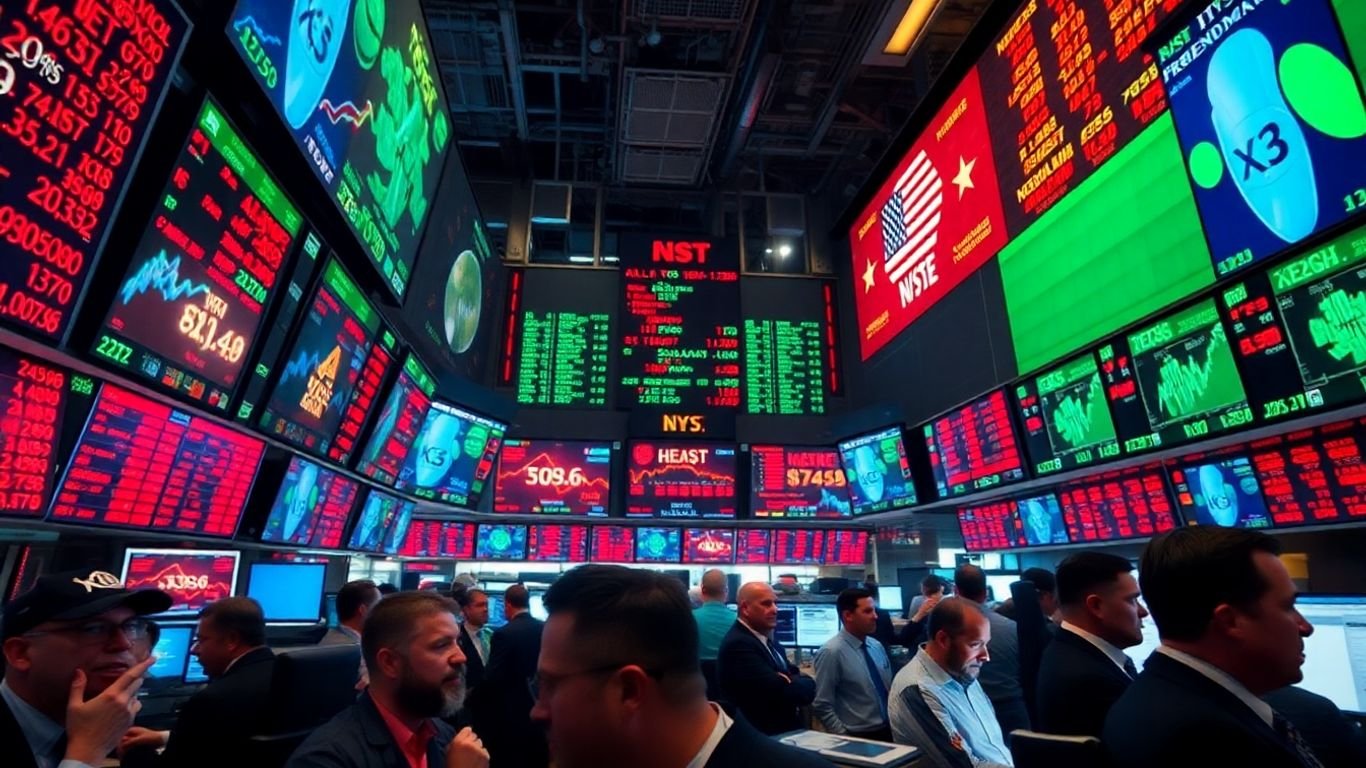Markets Rattle as $150 Billion in Forced Selling Sparks Concerns

Global financial markets faced a turbulent trading day as reports surfaced pointing to over $150 billion in forced sales, an event that sent shockwaves across investment circles and triggered new fears of cascading losses.
Key Takeaways
- Over $150 billion in forced selling reportedly hit the markets.
- The scale of the sell-off has heightened investor fears of broader market instability.
- Leading institutional strategies may be re-evaluated in response to the event.
Massive Liquidation Roils Financial Markets
According to market analysts and several institutional reports, an unexpected deluge of forced sales struck asset markets, driving prices lower and volatility sharply higher. Such large-scale liquidations often occur when leveraged traders are required to sell holdings due to margin calls or risk management constraints. The event further stoked fears that the market may not have priced in the full extent of risks lurking beneath the surface.
Impact on Equity and Credit Markets
The broad market sell-off was felt across equities, credit products, and exchange-traded funds (ETFs). As major indexes faltered, sector-wide declines accelerated, and several blue-chip stocks experienced sharp, sudden drops. Market depth quickly thinned, amplifying price swings and briefly overwhelming liquidity providers.
Investor Sentiment and Systemic Concerns
Investors responded with apprehension as market commentators cautioned about the risk of contagion. The forced selling has prompted many funds to reassess their exposures, especially those reliant on leverage or complex derivatives. Market strategists are urging clients to monitor for further signals of stress in funding or short-term credit markets.
Institutions Reassess Strategies
The event triggered a reassessment within institutional portfolios, particularly among risk-parity and volatility-targeting funds. Some analysts suggest that if market turbulence persists, additional reductions in equity and credit allocations could follow. Meanwhile, retail investors have been counseled to exercise patience and avoid making impulsive portfolio changes until volatility subsides.
Outlook and Possible Next Steps
As markets digest the aftermath of the day’s forced sales, trading activity is expected to remain elevated. Observers warn of ongoing volatility and advise watching central bank communications for any mention of market stability measures. In the coming days, focus will be on whether selling abates or if the pressure leads to more systemic challenges, potentially prompting policy responses from authorities.






